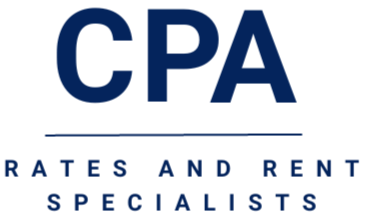Demystifying the Complexity of Business Rates
- david Tanswell
- May 12, 2023
- 2 min read
The landscape of the business world is inherently complex, and one of the areas that often confounds entrepreneurs and business leaders is the concept of business rates. Business rates, sometimes referred to as non-domestic rates, are taxes paid on non-domestic properties. They play a crucial role in maintaining local services and infrastructure, but their intricacies can sometimes be challenging to navigate.
So, why are business rates so complex? To answer this question, let's delve into the intricacies of business rates and understand their multi-faceted nature.
1. Variation in Rates Across Regions
One significant factor contributing to the complexity of business rates is the difference in rates across various regions. These rates can fluctuate based on local council valuations, region-specific policies, or the nature of the local economy. This variation creates a complex framework of rates that businesses need to navigate, often requiring expertise and in-depth understanding.
2. Revaluation and Rate Changes
Properties are typically revaluated every five years, and this process can significantly alter business rates. The revaluation takes into account the changing rental market and other economic factors that may impact property values. This constant shift creates an environment of unpredictability, which adds to the complexity.
3. Diverse Property Types and Uses
The type of property and its intended use can also significantly influence business rates. For instance, a retail store, a warehouse, and an office space will all have different business rates due to their diverse nature and use. This distinction requires businesses to understand the specific rate rules that apply to their property type.
4. Relief Schemes and Exemptions
Business rates also involve a range of relief schemes and exemptions that further add to their complexity. Small Business Rate Relief, Rural Rate Relief, and charitable rate relief are just a few examples. Each of these schemes comes with its own set of qualifying criteria and rules. The application process for these reliefs can be intricate and often necessitates a deep understanding of the system.
5. Impact of Legal and Economic Changes
Business rates are not immune to wider legal and economic changes. For instance, changes in legislation, economic downturns, or shifts in the property market can all impact business rates. Businesses must stay updated with these changes to ensure they're paying the correct rates and not missing out on any potential relief.
The complexity of business rates lies in their dynamic and multi-faceted nature. They are a reflection of the broader economic and legal landscape, influenced by a multitude of factors from property type to regional variations. As a result, businesses must approach them with a keen understanding and readiness to adapt to their ever-changing nature.
In order to navigate this complexity, businesses can seek advice from professional tax advisors or consult with their local council. With the right guidance and a solid understanding of how business rates work, businesses can turn this complex challenge into an opportunity for financial planning and strategy.
The world of business rates may be intricate, but it's not insurmountable. In the end, the goal is to foster a prosperous business landscape that benefits all stakeholders, from individual businesses to local communities and the broader economy.




